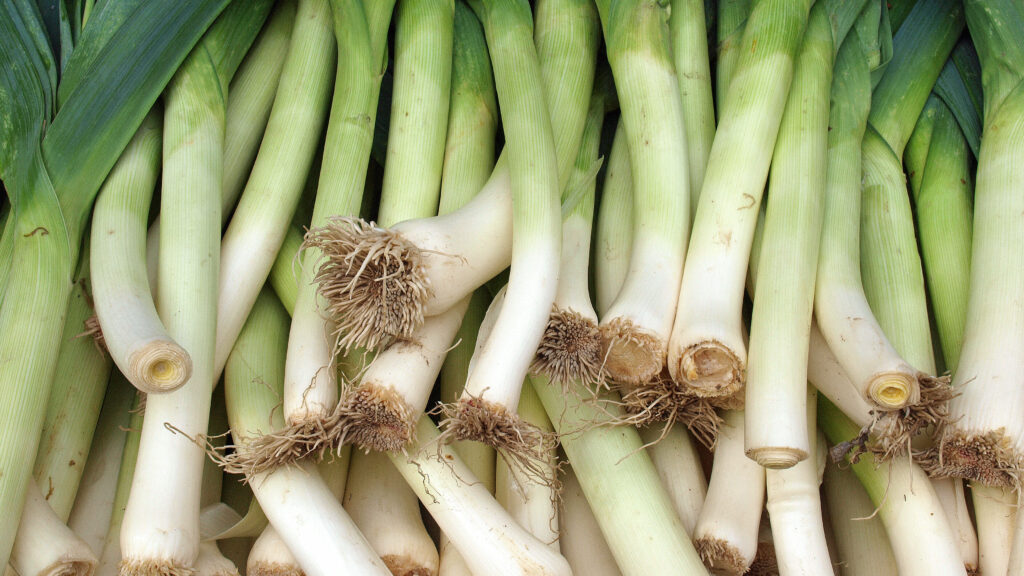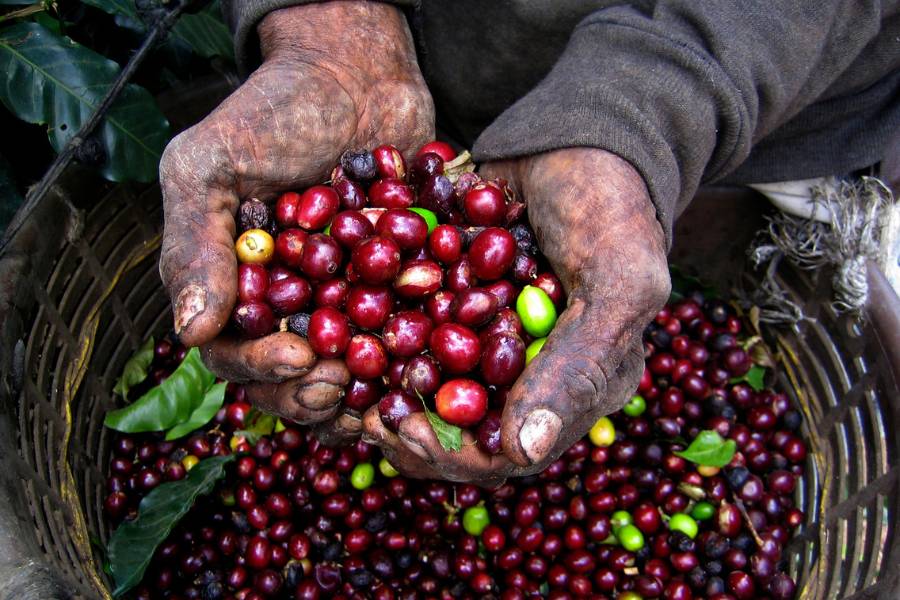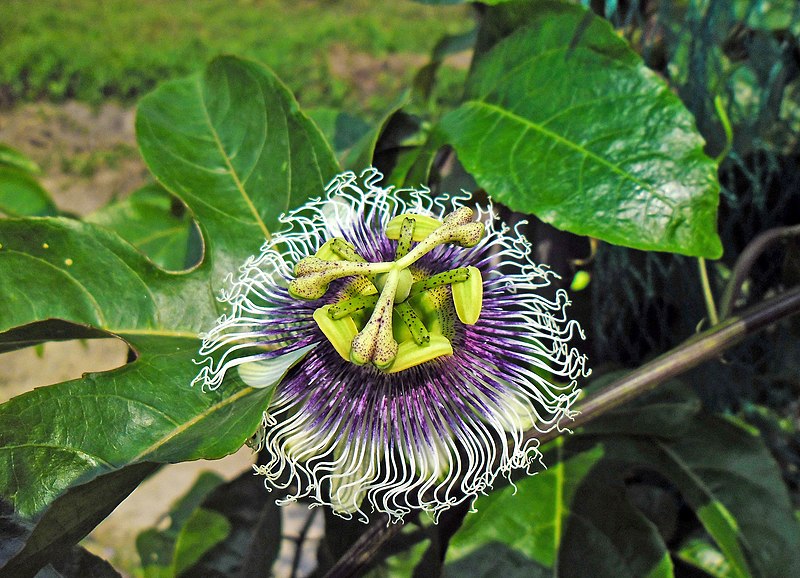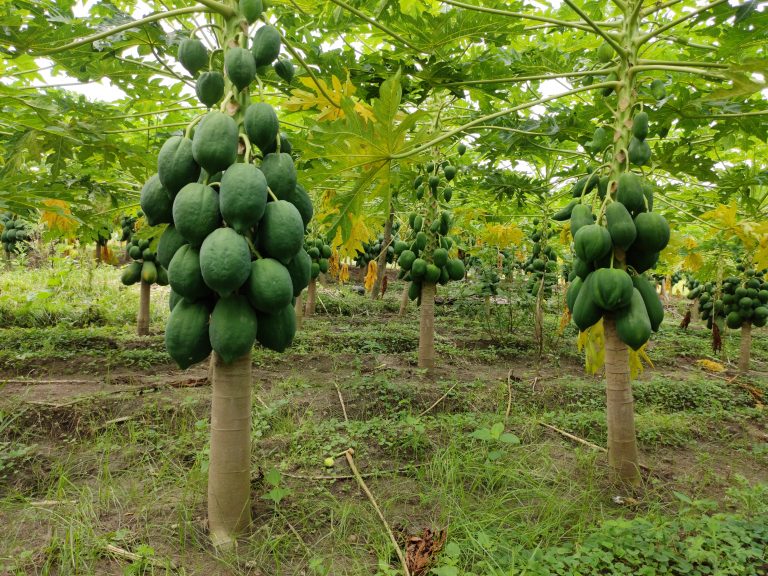What are bioprotection products, and how do they work?
Bioprotection products are nature-based solutions to managing crop pests and diseases. More and more growers are turning to environmentally sustainable crop pest and disease management solutions, such as bioprotection products. Reasons for choosing more sustainable solutions include pest and disease resistance to chemical pesticides and concerns for human health and the environment.
Update: New Pest & Disease Records (07 June 2023)
We’ve selected a few of the latest new geographic, host and species records for plant pests and diseases from CAB Abstracts. Records this month include the first report of Dothiorella gregaria associated with fruit rot of walnuts in India, and the discovery of three new species of Botryosphaeriales isolated from diseased plant branches in China.
Update: New Pest & Disease Records (09 May 2023)
We’ve selected a few of the latest new geographic, host and species records for plant pests and diseases from CAB Abstracts. Records this month include the first report of root rot of Dendropanax trifidus caused by Fusarium oxysporum in Korea, and a description of three new species and one new genus in American acanthocinini.
New Pest Management Decision Guides created in collaboration with the Rainforest Alliance
PlantwisePlus and the Rainforest Alliance have collaborated on a collection of Pest Management Decision Guides (PMDGs) for Nicaragua. The PMDGs are available on the PlantwisePlus Knowledge Bank. They provide agricultural advisors and farmers with crop and pest-specific prevention, monitoring and control advice. They enable producers to make informed crop management decisions, minimising the reliance on…
Update: New Pest & Disease Records (20 April 2023)
We’ve selected a few of the latest new geographic, host and species records for plant pests and diseases from CAB Abstracts. Records this month include the first report of root rot on onion seedlings caused by Globisporangium irregulare in South Korea, and the first report of Cucurbit aphid-borne yellows virus infecting muskmelon (Cucumis melo) in…
Update: New Pest & Disease Records (08 March 2023)
We’ve selected a few of the latest new geographic, host and species records for plant pests and diseases from CAB Abstracts. Records this month include the first report of Diaporthe phoenicicola causing leaf spot on blueberry in China and the first report of Neopestalotiopsis rosae causing crown and root rot of strawberry in California.
Update: New Pest & Disease Records (12 January 2022)
We’ve selected a few of the latest new geographic, host and species records for plant pests and diseases from CAB Abstracts. Records this month include the first report of Sclerotinia sclerotiorum on Atractylodes lancea in China and the first report of carrot torrado virus 1 (CaTV1) naturally infecting carrots in Spain.
Update: New Pest & Disease Records (05 December 2022)
We’ve selected a few of the latest new geographic, host and species records for plant pests and diseases from CAB Abstracts. Records this month include information about a new virus disease of sunflower from Nebraska and the isolation and identification of the top blight pathogen of Passiflora edulis.
Update: New Pest & Disease Records (07 November 2022)
We’ve selected a few of the latest new geographic, host and species records for plant pests and diseases from CAB Abstracts. Records this month include the first report of Tobacco mosaic virus infecting papaya in China and the first report of fruit rot of sweet pepper caused by Cladosporium cladosporioides in Israel.










